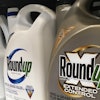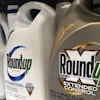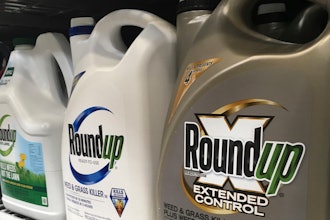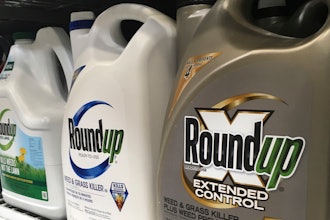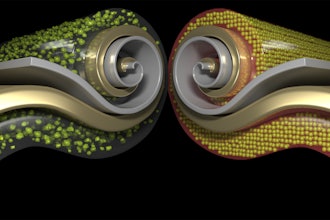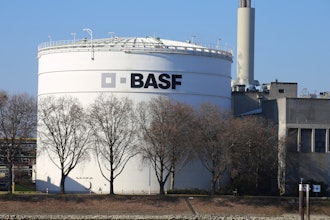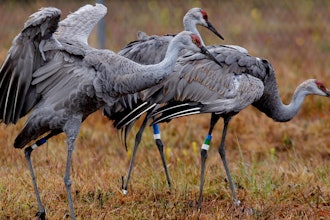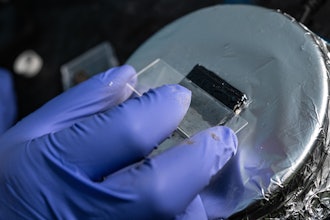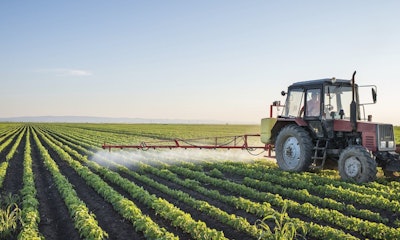
There’s no shortage of confusion around the possible link between cancer and the world’s most widely used weed killer, glyphosate. And this week the issue got even more convoluted.
Based on the latest reports the short answer to whether or not glyphosate is a cancer threat for humans, at least due to food consumption, is: not likely.
Here’s the backstory: Last year, the World Health Organization’s International Agency for Research on Cancer released a report saying that glyphosate is a “probable carcinogen.” Although that report only linked the chemical to an increased cancer risk for agricultural workers who are exposed to glyphosate in much higher amounts than the general public, it has set the stage for intense regulatory review and lawsuits.
Now, new research is feeding the fire. According to joint analysis from the United Nations Joint Food and Agriculture Organization and the WHO, glyphosate poses no clear cancer risk for humans.
So what’s the difference between these findings and IARC’s conclusions from last year?
For one, the recent report only looked at the link between glyphosate and food consumption. But there is also a more fundamental difference in how the reports analyzed the evidence.
According to analysis from Wired, the IARC’s study looked at whether or not glyphosate could cause cancer under any potential circumstance — even unrealistic situations. The joint study, on the other hand, examined real-life scenarios. In other words, the previous study assessed “hazard,” while this most recent one looked at “risk.”
While it may sound contradictory, the report said the joint analysis was complementary to IARC’s findings.
“IARC reviews published studies to identify potential cancer hazards. It does not estimate the level of ‘risk’ to the population associated with exposure to the hazard. In contrast, JMPR reviews both published and unpublished studies to assess the level of health risk to consumers associated with dietary exposure to pesticide residues in food.”
The report went on to explain that there is some evidence of a link between glyphosate exposure and the risk of Hodgkin lymphoma in case-control studies and meta analysis. But, it also said, “It is notable that the only large cohort study of high quality found no evidence of an association at any exposure limit.”
Specifically the report included available evidence of administering the chemical and an exposure of 2,000 milligrams per kilogram of body weight (or higher) in animals, and found it was not toxic. The research exposed mice and rats to glyphosate through the oral route, which is how humans would be exposed to it as well.
Don’t expect these latest revelations to put the issue to bed.
The NGO Greenpeace has already blasted the report, saying that two of its main authors have ties to groups that have accepted more than $1 million from Monsanto, the maker of Roundup, a popular weed killer that uses glyphosate as its key ingredient.
It also may not stem the tide of lawsuits and regulatory review that has already begun around glyphosate.
In February, the U.S. Food and Drug Administration announced it will begin evaluating glyphosate in foods later this year.
And recently a lawsuit emerged against Quaker Oats for listing its products as “100 percent natural” when trace amounts of glyphosate has been found in its products.

